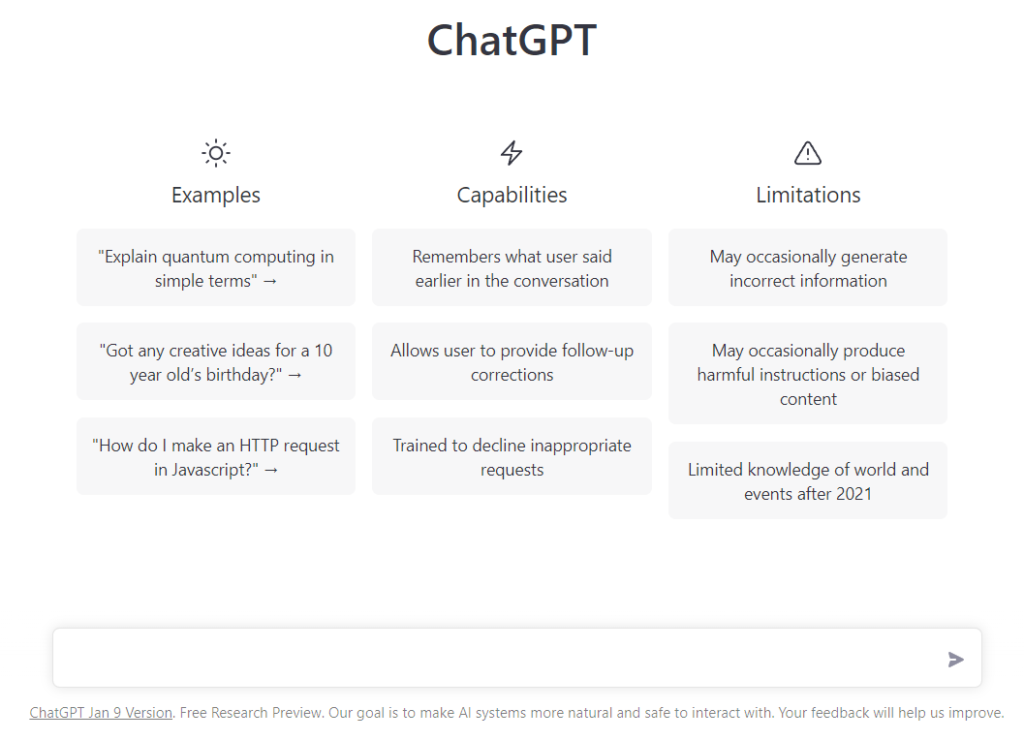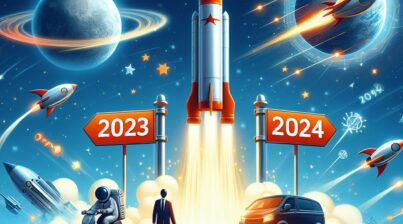Artificial Intelligence (AI) is one of the most rapidly advancing fields in technology today, and the future of AI is looking brighter than ever. From self-driving cars to intelligent virtual assistants, AI is already transforming the way we live and work. But what can we expect in the future? In this blog post, we’ll take a look at some of the most exciting innovations in AI that are on the horizon.
One area where we can expect to see significant advancements in the near future is in the realm of natural language processing (NLP). NLP is a branch of AI that deals with the ability of computers to understand and generate human language. With the help of deep learning and neural networks, researchers are making significant strides in this area, and we can expect to see more intelligent virtual assistants and chatbots that can understand and respond to human language in a more natural way.
Another area of AI that is poised for growth is computer vision. Computer vision is the ability of a computer to interpret and understand visual information from the world, such as images and videos. Advancements in this area will enable computers to better understand and interpret visual data, which will have a wide range of applications, from self-driving cars to medical imaging.
A third field that is poised for growth is the field of AI-driven Healthcare. AI has the potential to revolutionize the healthcare industry by enabling doctors and researchers to analyze large amounts of patient data and make more accurate diagnoses. For example, the use of deep learning algorithms can help in identifying diseases in medical images much faster and with higher accuracy than human radiologists. AI can also be used to develop personalized treatment plans and to help doctors and researchers identify new drug targets.
OpenAI’s GPT-3 (Generative Pre-trained Transformer 3)

One of the most advanced natural language processing models available today. It was released in June 2020, and it has 175 billion parameters, which makes it one of the largest language models to date.
GPT-3 is capable of understanding and generating human language, and it has been used to create a wide range of applications such as:
- Chatbots: GPT-3 can be used to create chatbots that can understand and respond to human language in a more natural way. This can improve the customer experience and automate repetitive tasks.
- Language Translation: GPT-3 can be used to translate text from one language to another. Its high level of natural language understanding allows for more accurate translations than traditional methods.
- Text Generation: GPT-3 can be used to generate text that is similar to human-written text. This can be used for a variety of applications such as content creation, news summarization, and more.
GPT-3’s capabilities are not limited to these examples, it is capable of understanding and generating human language to a degree that is hard to distinguish it from human-written text. This makes it a powerful tool for natural language processing and has the potential to create a wide range of new applications.
It is important to note that GPT-3, like other AI models, is not perfect and it has its own limitations. It can make mistakes or generate text that is not appropriate, which highlights the importance of human supervision and ethical considerations when working with such models.



